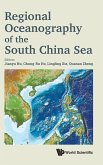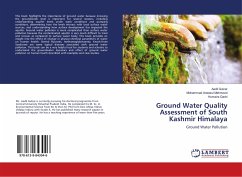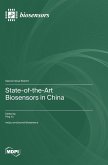The genus Epimedium involving in 56 populations 18 species, including 15 species from South China Karst and 3 species collected from Germany, were systematic studied with taxonomy, cytology, isozyme, hybridization and pharmic composition analyses. A new species, E. yingjiangense, is described. Results showed Epimedium is old and primitive in evolution, and section Diphyllon may be more primitive than section Epimedium. Big flower taxa may be more primitive than small flower taxa in section Diphyllon. The phylogenic relationships of Epimedium are in agreement with the flower size were found, and it was inferred that China should be the original centre of genus Epimedium.
Hinweis: Dieser Artikel kann nur an eine deutsche Lieferadresse ausgeliefert werden.
Hinweis: Dieser Artikel kann nur an eine deutsche Lieferadresse ausgeliefert werden.








